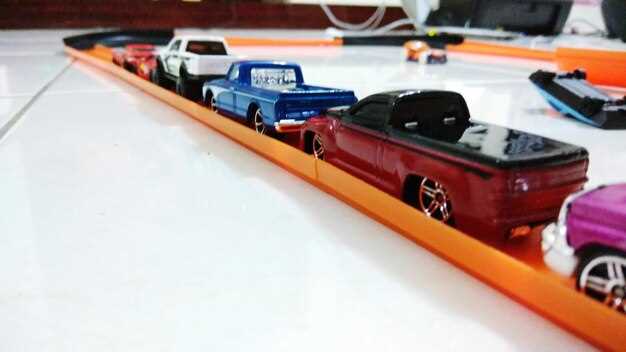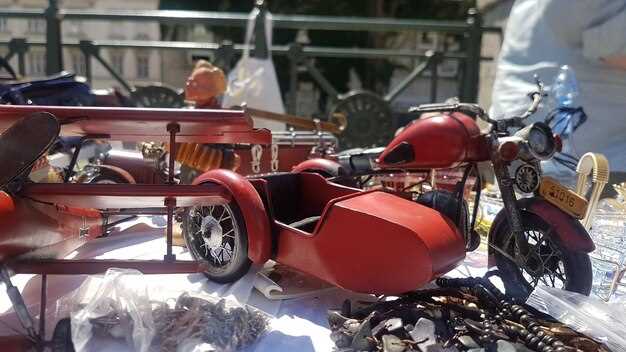
Transporting classic cars for various events, such as races and exhibitions, requires meticulous planning and execution to ensure their safety. Classic cars are not just vehicles; they embody a rich history and craftsmanship that make them valuable both financially and sentimentally. Whether you are a collector sending your prized possession to a car show or a participant in a high-stakes race, understanding the nuances of shipping these vehicles is essential.
One of the foremost concerns when shipping classic cars is protecting them against potential damage during transit. This involves choosing the right shipping method, whether it be enclosed transport for maximum protection or open transport for cost-effectiveness. Each method has its pros and cons, and selecting the most suitable one depends on the destination, the car’s condition, and the urgency of delivery.
Additionally, preparing the car for shipping is crucial to avoid any mishaps once it arrives at the event. This includes securing all loose parts, documenting the car’s condition, and ensuring proper insurance coverage. By taking these steps, owners can enjoy peace of mind as their classic cars embark on a journey to showcase their beauty and performance at renowned events.
Choosing the Right Shipping Method for Classic Cars

When it comes to shipping classic cars, selecting the appropriate method is crucial to ensure their safety and integrity during transport. There are several options available, each with its own advantages and considerations tailored to the unique needs of classic car owners.
One popular method for shipping classic cars is enclosed transportation. This option provides maximum protection from the elements and potential road debris. Enclosed carriers are equipped with ramps and specialized equipment to securely load and unload cars, minimizing the risk of damage.
Another option is open transport, which is generally more cost-effective. While this method exposes classic cars to environmental factors, many owners opt for it for shorter distances or when budgets are a concern. Utilizing a reputable carrier with experience in handling classic vehicles can mitigate some risks associated with this method.
For those who prefer a more personalized approach, door-to-door service allows for the classic car to be picked up and delivered directly to the specified location. This service reduces the need for additional handling, which can be beneficial for high-value cars.
It’s also essential to consider the logistics involved, including distance, terrain, and the destination’s accessibility. Factors like these can impact the shipping method chosen. Additionally, speaking with shipping professionals who specialize in classic cars can provide valuable insights and recommendations based on individual circumstances.
Ultimately, the right shipping method for a classic car will depend on various factors, including the car’s value, condition, and the owner’s preferences. Conducting thorough research and choosing a reliable shipping company will ensure that your classic car arrives at races or exhibitions safely and in pristine condition.
Preparing Your Classic Car for Transport to Events
Ensuring your classic car is ready for transport to events is crucial for both its protection and your peace of mind. Start by thoroughly cleaning the car, inside and out. This not only helps in inspecting your vehicle for any existing damage but also provides a presentable appearance upon arrival.
Next, conduct a comprehensive inspection of your classic car. Check fluid levels, tire pressure, and battery condition. It’s essential to ensure that the vehicle is in good working order before transport. Address any minor repairs to avoid complications during the journey.
Remove any personal items from the interior, as these can shift during transport and potentially cause damage. Additionally, secure or remove any accessories that could become dislodged, such as mirrors or custom parts. This step helps to prevent unnecessary damage and ensures all components arrive intact.
If your classic car has sensitive components, consider using protective covers to shield the interior and exterior. This is particularly important for the paint and chrome, which can be prone to scratches and dents during transport.
Collaborate with your transport company to understand their requirements and procedures. Providing them with key details about your classic car, including its dimensions and weight, will facilitate appropriate transport arrangements. Choosing a reliable carrier experienced in handling classic vehicles will help ensure a safe arrival at your desired event.
Lastly, document the condition of your classic car before transport, taking photographs from various angles. This serves as a reference in case any damage occurs during the journey. By thoroughly preparing your classic car for transport, you can ensure it arrives at the event in excellent condition, ready to impress.
Ensuring Safety and Security During the Shipping Process

When it comes to shipping classic cars for events and exhibitions, ensuring their safety and security throughout the journey is paramount. The first step is selecting a reputable shipping company that specializes in transporting classic vehicles. Such companies have the experience and the right infrastructure to handle the unique challenges associated with shipping vintage cars.
Before the car is loaded, ensure that it is thoroughly inspected and documented. Taking photos and noting any existing damages can help avoid disputes upon delivery. Additionally, securing the car properly within the shipping container or on the transport truck is critical. Using soft straps and specialized cradles can minimize movement and risks during transit.
Insurance coverage is another essential aspect of safe shipping. Always inquire about insurance options offered by the shipping company to protect the value of your classic car against unforeseen events such as accidents or damage during transport.
Communication with the shipping provider is vital. Establish clear timelines for pickup and delivery, and get updates throughout the shipping process. This transparency can provide peace of mind, knowing that your vehicle is being handled with care.
Lastly, consider choosing enclosed transport if the car is particularly valuable or vulnerable to the elements. Enclosed shipping protects the vehicle from weather, debris, and potential theft, ensuring that it arrives at the event or exhibition in pristine condition.

